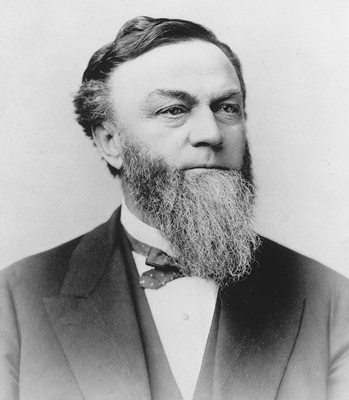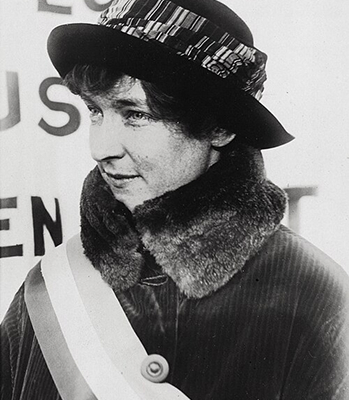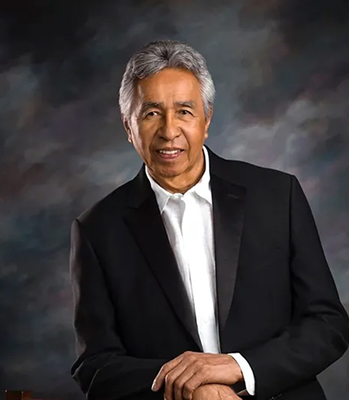Families can immerse themselves in wide-open beauty, rich history and a welcoming energy that makes every outing feel like an adventure. The mix of big-sky scenery, walkable streets and vibrant local culture creates endless opportunities to explore together. Whether strolling through lively neighborhoods, sharing moments in quiet natural spaces or discovering something unexpected around each corner, the city offers a backdrop where curiosity thrives and memories come easily.
Billings and the surrounding region are rich with historic sites, parks and monuments, each offering a unique window into Montana's past.
Throughout history, influential leaders, visionaries and trailblazers have shaped Billings communities and culture in lasting ways.

Frederick Billings made a name for himself during the gold rush, eventually becoming California's first Attorney General. Billings purchased one of the original twelfth interests in the Northern Pacific Railway and served as its president. As the railway expanded, his legacy left a lasting impression. So much so, Billings, Montana was named after him.

Born in the late 19th century, Hunkins-Hallinan was a Billings native, women's rights activist and suffragist. After being denied the opportunity to teach chemistry because she was a woman, despite having earned her master's degree in the subject, she joined the National Women's Party that had been organizing in Montana and dedicated her life to equality for women.

Renowned for his authentic works of art depicting Native American culture, Kevin Red Star grew up on the Crow reservation outside of Billings. His work has been featured at The Smithsonian Institution - National Museum of the American Indian, the Heard Museum in Phoenix (AZ), and the Whitney Museum of Western Art and a gallery in Red Lodge.